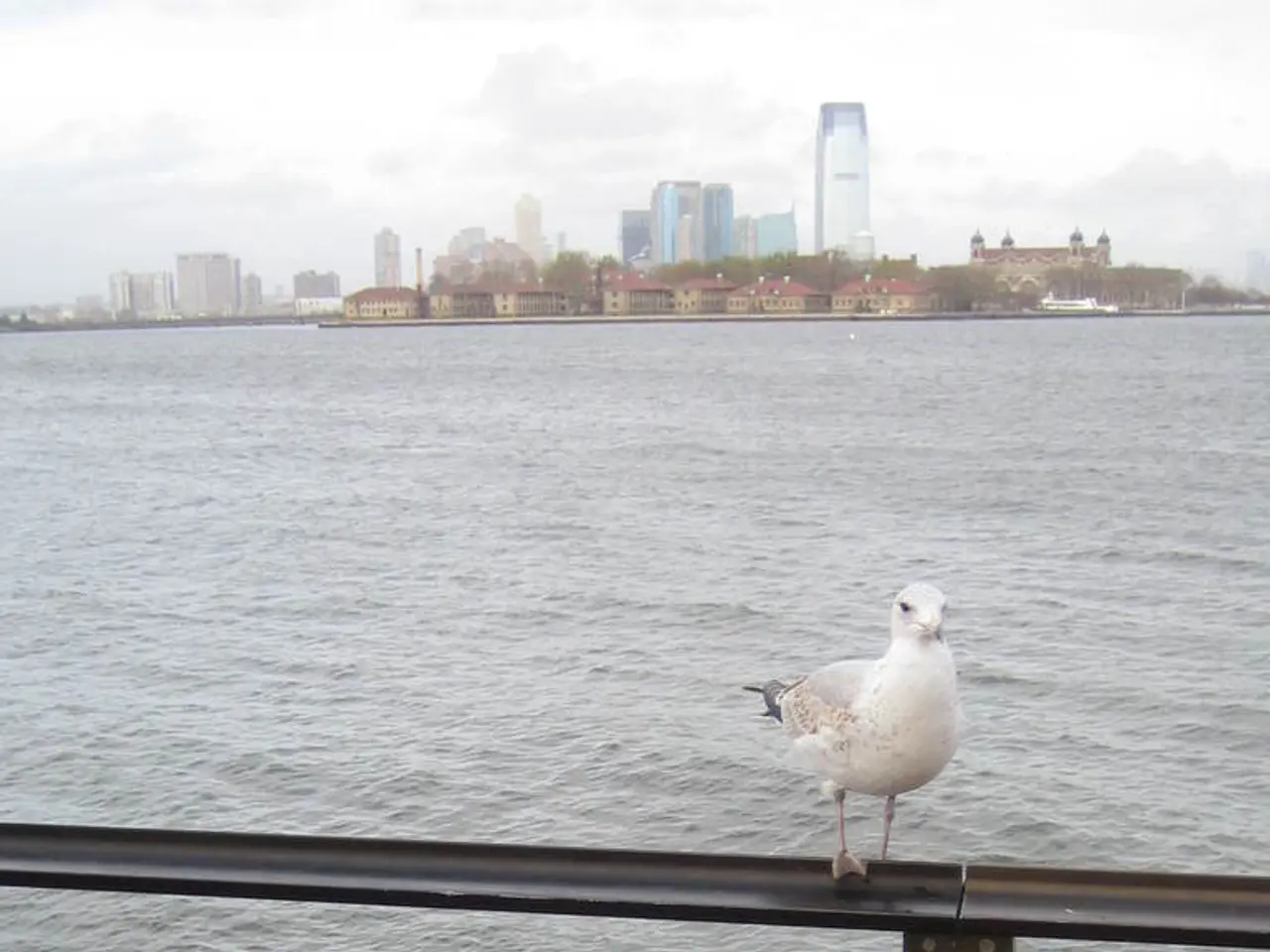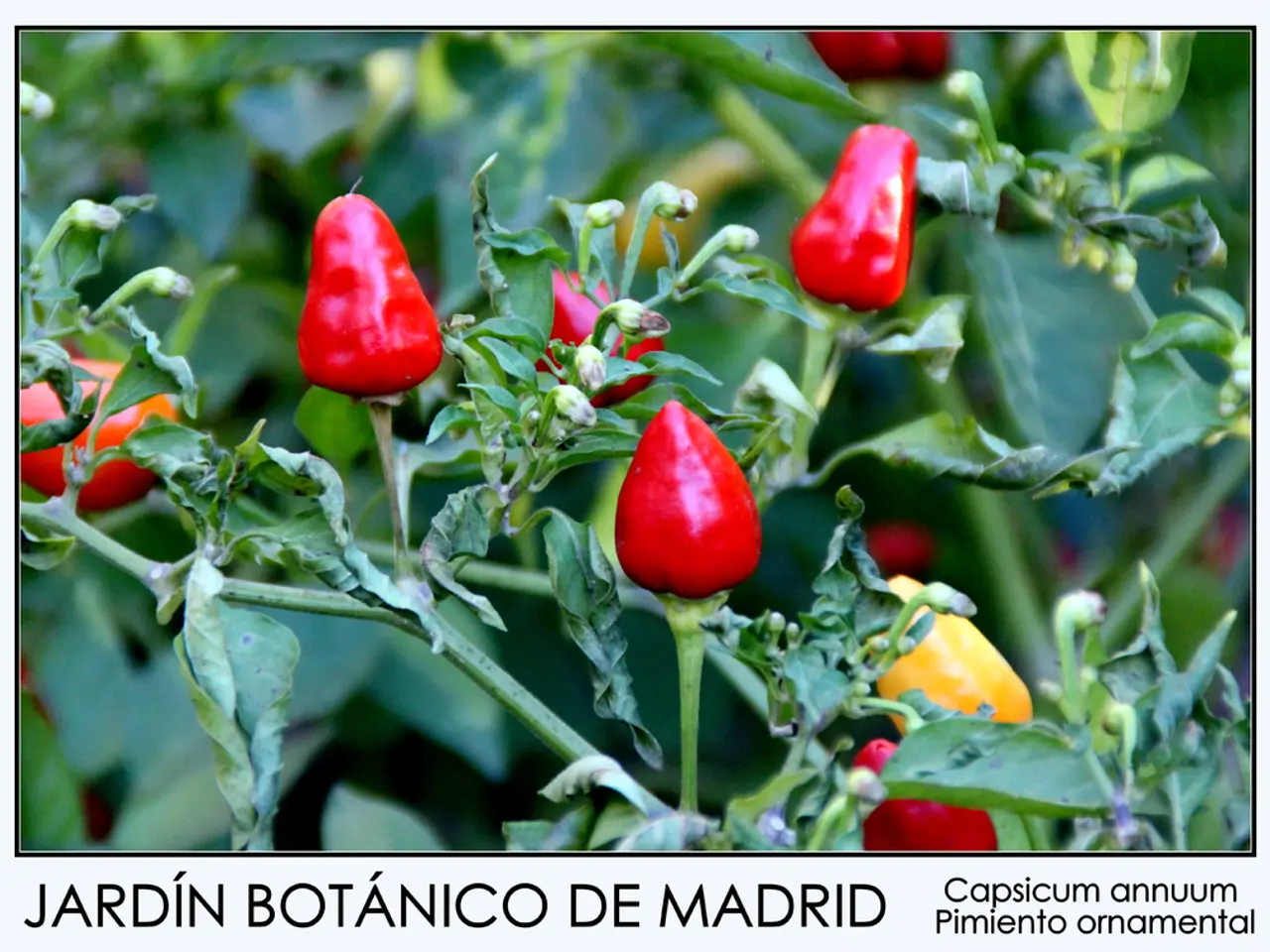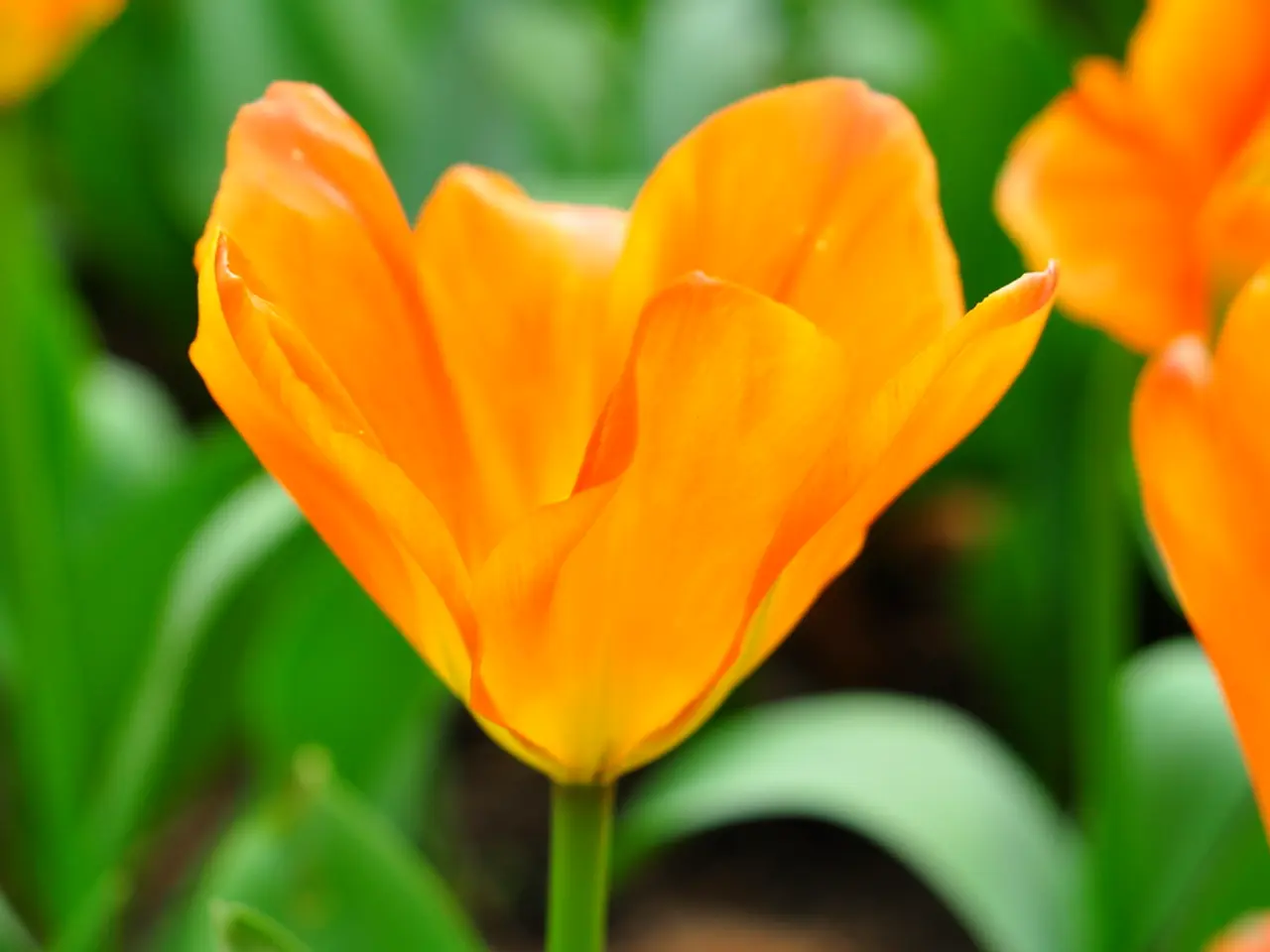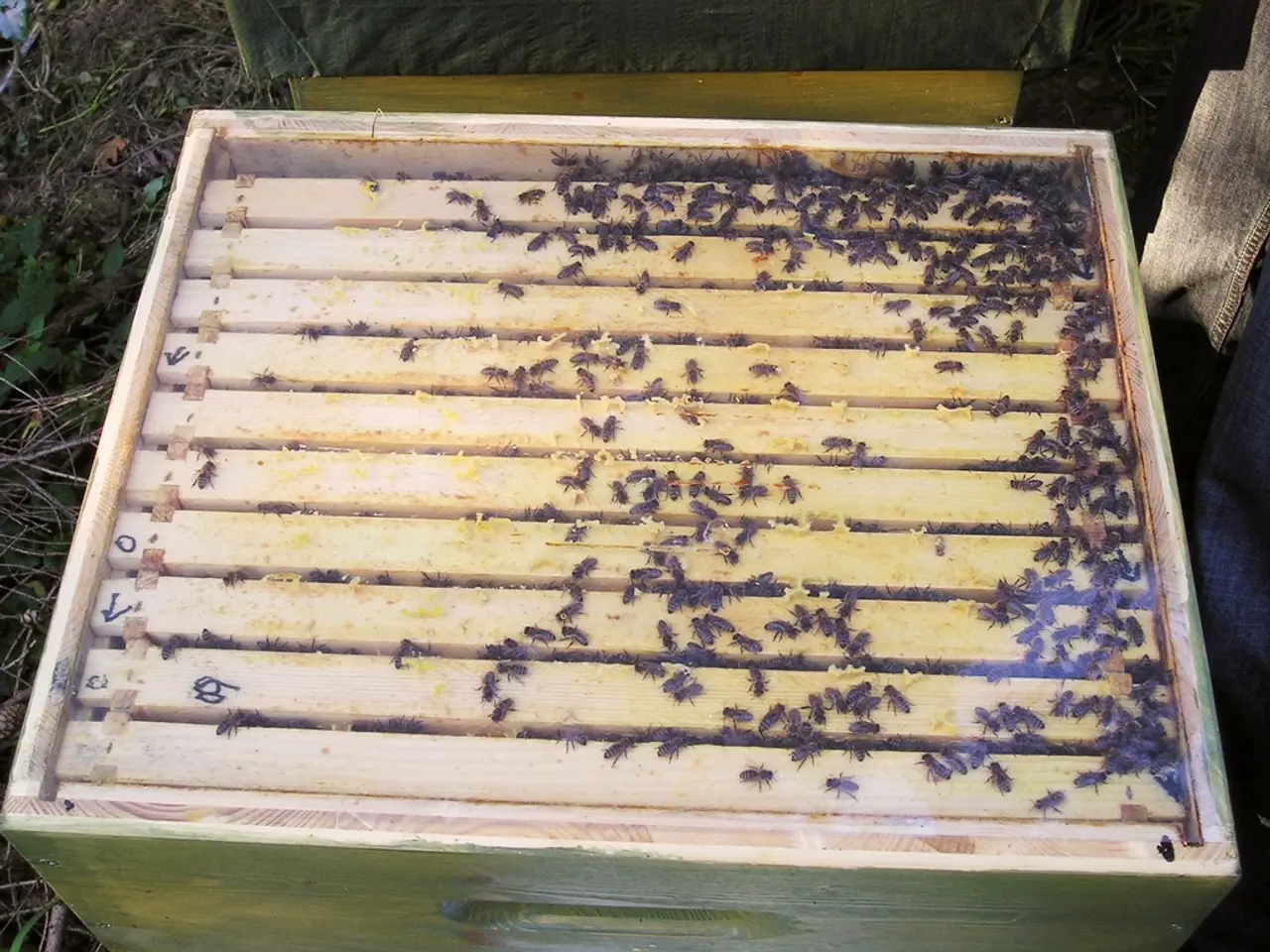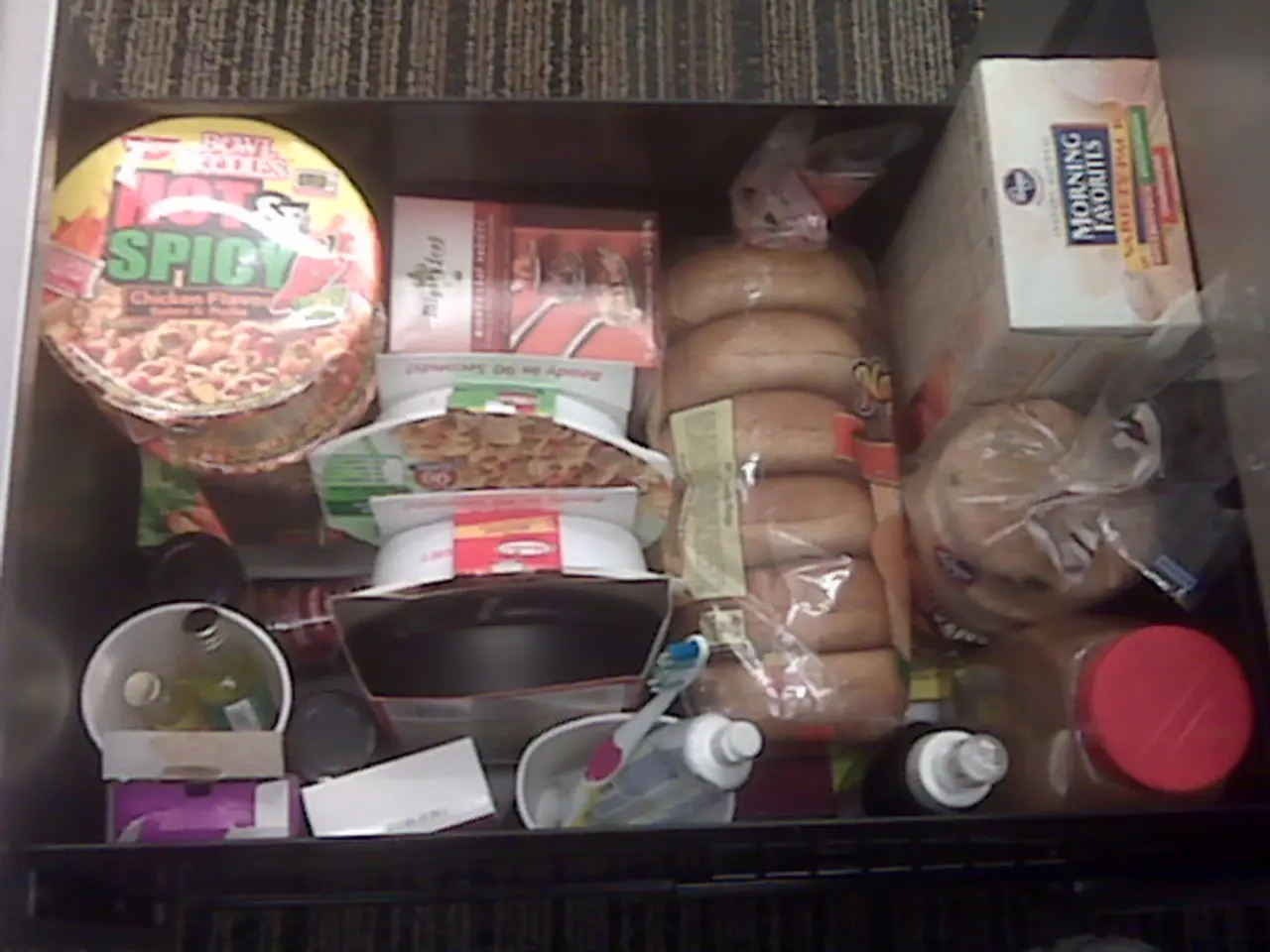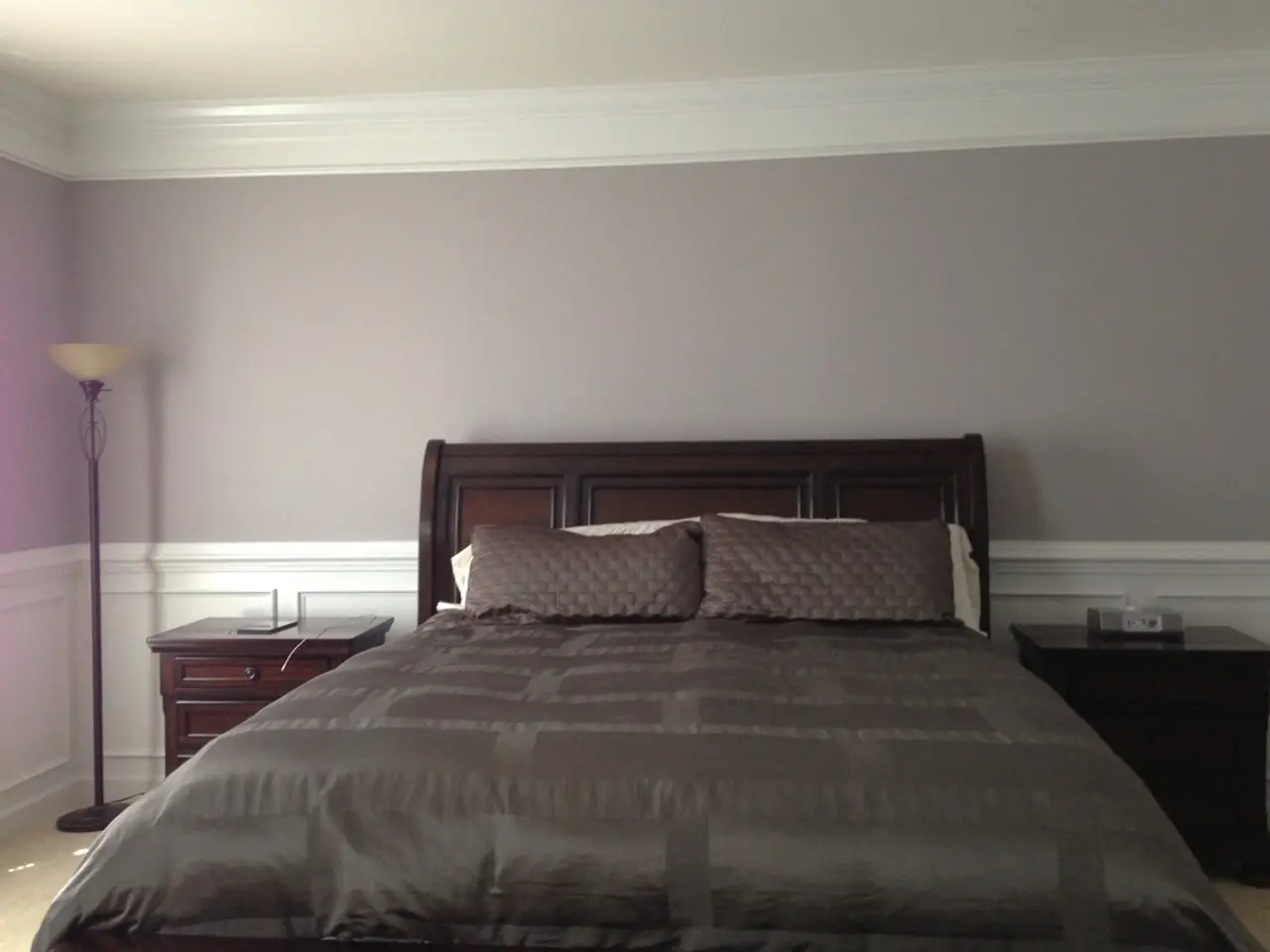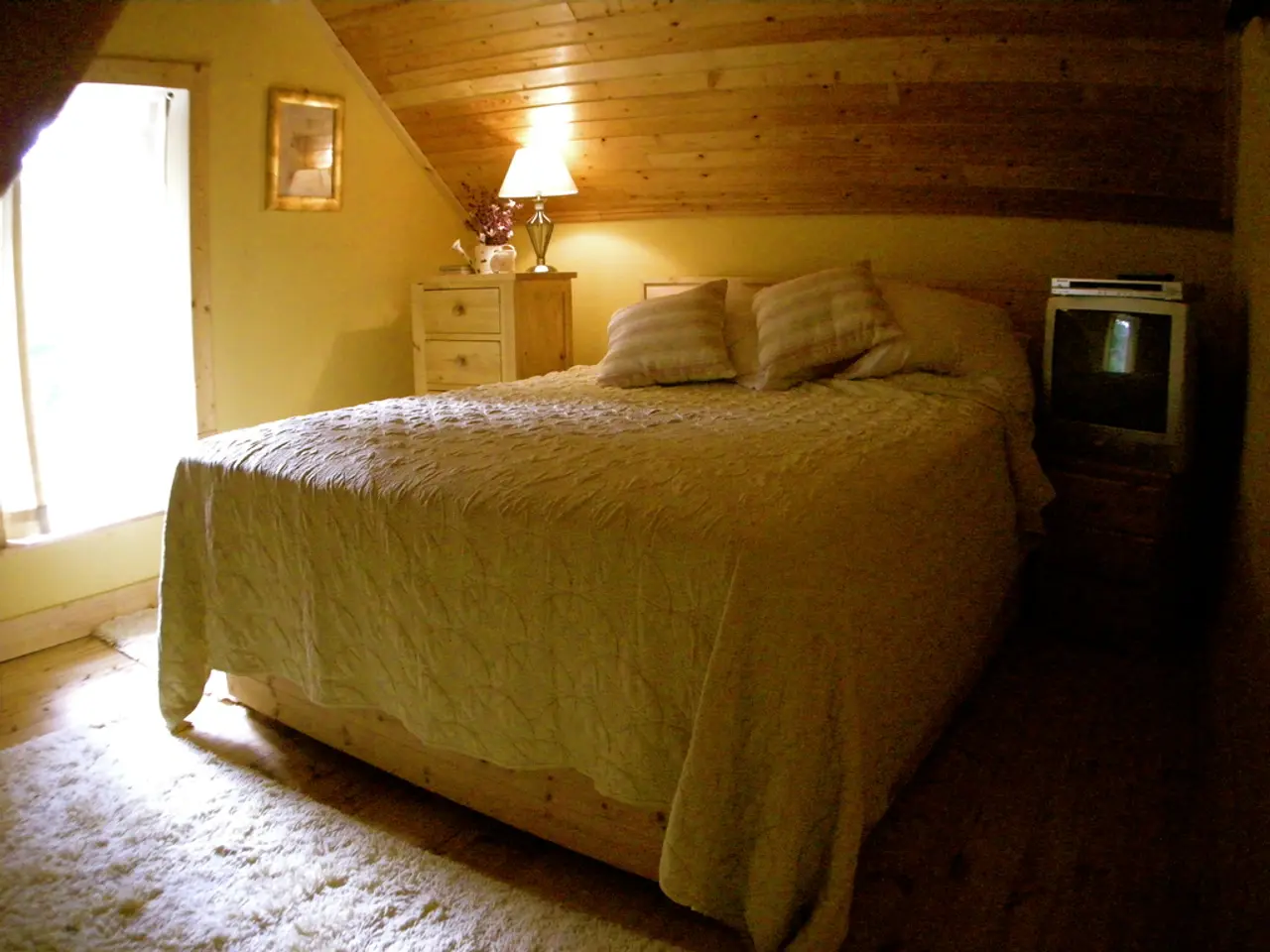Guide for Using Cholla Wood (Cactus Wood) in Bioactive Aquascaping Projects
Unleashing the Utmost in Cholla Wood Aesthetics and Functionality
Nothing quite captivates like cholla wood. With its miniature, twisted logs, sporting a plethora of irregular holes, it may be void on the inside, but it's jam-packed with character!
Let's dive into this exotic beauty to uncover its secrets, uses, and how to reap its benefits to the fullest.
Embracing the Fascination: What is Cholla Wood?
Unlike typical driftwood sourced from tree branches and roots, cholla wood is actually the desiccated remains of the cholla cactus. Native to the deserts of Mexico, it comes in various species (Cylindropuntia) with a few even being cultivated as houseplants – although immortalizing an old cactus friend this way is rather unconventional.
The unique form and characteristics of the cholla cactus give rise to the intriguing qualities of its wood. Each holey cylinder bears a testament to its former plant host, providing a vast array of shapes and sizes to suit diverse needs.
Unearthing Cholla Wood's Versatile Abilities: The Hidden Gems
1. Bioactive Nutrient Powerhouse
Cholla wood, classified as softwood, decomposes when subjected to moisture. This degradation creates a nutrient-rich biofilm, which serves as a food source for a profusion of microfauna. The catch? Decomposing wood can potentially foster mold if not managed properly. That's why cholla wood is best suited for bioactive terrariums.
2. A Hide and Seek Palace
Cholla wood proves to be a perfect hideout for reptiles, fish, and crustaceans in both terrariums, aquariums, and paludariums. Its larger trunk sections often house a sizeable, hollow center, offering ample room for inhabitants and a lovely natural perch in a tropical landscape.
3. Epiphytic Playground
Its lattice of irregular holes, each with its unique size, provides a diverse range of planting options for epiphytes. Creating a delightful horticultural adventure, epiphytes can be carefully tucked away in their individual homes. The choice of plants depends on the environment conditions and the size of cholla wood.
A New Perspective: Types of Cholla Cactus Wood
Cholla cacti come in myriad shapes and sizes, resulting in a variety of wood textures. It's important to closely examine the images and descriptions to select the right piece that best suits your project. Depending on the shape and size, cholla wood can be used for both aesthetic and practical purposes.
Getting Ready for Action: Cleaning Cholla Wood
Like all driftwood, it's advisable to clean cholla wood before incorporating it into your design. A quick boil in a pan of hot water for 5-10 minutes should do the trick to kill off any unwanted microorganisms. If the size of the wood prohibits boiling, a thorough scrub with soapy water using a toothbrush will suffice.
Setting the Stage: The Ultimate Terrarium, Aquarium, or Paludarium Accent
armed with this newfound knowledge, you can craft a picturesque ecosystem, whether for reptiles, fish, or plants. The unique character and versatility of cholla wood make it an invaluable element to complement your vision.
So, what are your thoughts on using cholla wood? Share your ingenious designs by dropping a comment below. Or, you can dive deeper and discover other spectacular types of terrarium driftwood!
Disclosure: Our platform is supported by affiliate commissions when you purchase through links on our site, at no extra cost to you. <3
Enrichment Data:
The All-Embracing Wonders of Cholla Wood:
Why Cholla Wood is Your All-in-one Terrarium, Aquarium, and Paludarium Essential
In Aquariums:
- Natural Shelter and Spawning Enhancer: Cholla wood, with its intricate structure, serves as a safe haven and spawning ground for small fish, shrimps, and fry, significantly reducing stress and curbing predation [1][3].
- Dive and Hide Adventure Course: The texture of the wood invites fish and invertebrates to explore and hide within, fostering natural behaviors and creating stimulating environments [3].
- Aesthetic Hardscape Element: It lends a natural charm to aquascape and hardscape designs, adding complexity, and beauty to aquarium setups [1][2].
- Sinkable and Durable: Many cholla wood products are sinkable, avoiding floatation issues in freshwater and saltwater aquariums [4].
In Terrariums:
- Climbing and Perching Delight: Cholla wood entices reptiles like hermit crabs and leopard geckos to explore and climb, providing physical enrichment and creating a natural habitat [3].
- Natural Habitat Component: Its organic appearance complements the natural environment, contributing to the overall wellbeing of terrarium inhabitants [1][3].
In Paludariums:
- Seamless Transition Boundary: Cholla wood works effortlessly in paludarium setups, tying the aquatic and terrestrial zones together aesthetically and functionally [2].
- Promotes Plant Growth and Algae Control: Although direct evidence of cholla wood's influence on nutrient cycling is limited, it can aid in nutrient distribution and suppress algae growth by supporting a balanced ecosystem [5].
Additional Perks
- Boosts Beneficial Microorganisms: Due to its porosity, cholla wood can shelter beneficial bacteria and biofilms, enhancing biological filtration in aquariums.
- Releases Tannins Slowly: Over time, cholla wood discharges tannins that can slightly acidify the water, favoring species that thrive in such conditions.
- Environmentally Sustainable Decor: Being a natural, sustainably harvested material, it contributes to eco-friendly decorative elements in both aquatic and terrestrial setups.
Exploring Beyond the Desert:Incorporating cholla wood to our home-and-garden spaces can offer an artistic twist to our lifestyle, extending its versatility beyond aquariums and terrariums.
Transforming Your Home:From décor pieces, planters, or even home-made furniture, cholla wood can truly meld with various home Interior design styles, infusing a unique touch of the desert into your lifestyle!

